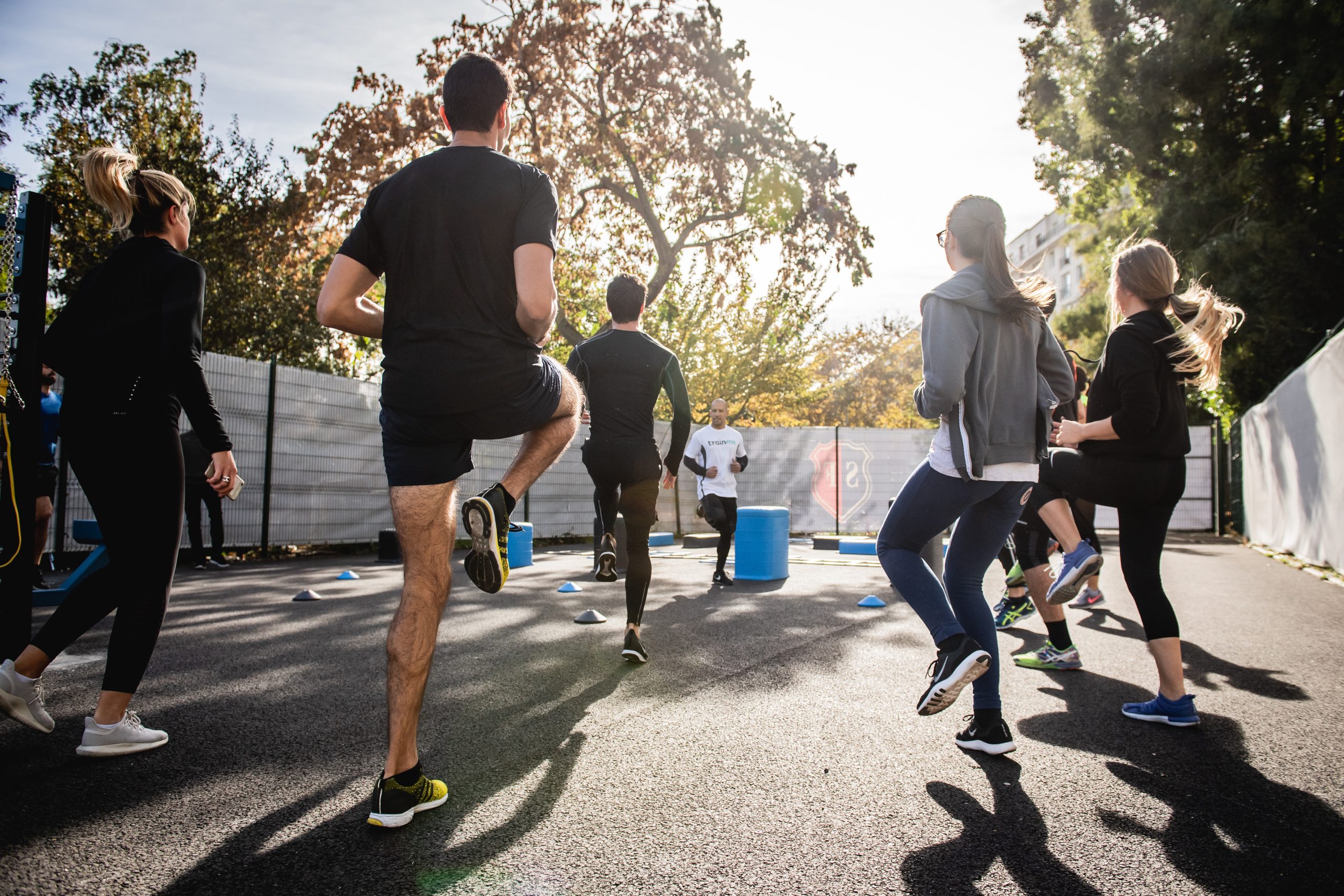Are you one of those people who can’t seem to find the motivation to hit the gym or go for a run? Or maybe you’re someone who loves working out and can’t imagine a day without physical activity. Whatever your stance may be, it’s clear that there is a physical-activity divide among individuals. Some are more active than others, but why is this the case? In this blog post, we’ll explore the reasons behind this divide and uncover ways to bridge the gap so everyone can enjoy the benefits of an active lifestyle.
The History of Physical Activity
The Physical-Activity Divide: Why Some Are More Active Than Others
According to the Centers for Disease Control and Prevention (CDC), as of 2013, only 54.7% of adults aged 18 and older were meeting the physical activity guidelines set by the American College of Sports Medicine (ACSM). This is a decrease from 61.0% in 2000 and 67.5% in 1990. One reason for this decline may be that more people are becoming overweight or obese, which leads to health problems such as heart disease, stroke, type II diabetes, and certain types of cancer if not managed appropriately.
But why do some people seem to be more physically active than others? A 2011 study published in Preventative Medicine suggested that there may be a “physical activity divide” among adults who engage in moderate-to-vigorous physical activity (MVPA). The study found that those who met ACSM guidelines for MVPA were more likely to be inactive than those who didn’t meet these guidelines. However, those who met the guidelines for lightintensity physical activity (LIPA) were just as likely to be inactive as those who didn’t meet them. This suggests that there are different levels of intensity at which people can become physically active and that LIPA is an important part of promoting physical activity among adults.
What Influences Activity Levels
There are a number of reasons why some people are more active than others. Here are seven factors that influence activity levels: genetics, age, sex, occupation, environment, lifestyle, and physical abilities.
Genetics
Some people are more active than others because they have inherited a gene for being more active. Activity levels vary from person to person because some people naturally have a higher level of energy than others.
Age
As people age, their activity levels tend to decline. This is partly due to natural changes in the body (such as aging cells), but it’s also due to less opportunity to be active as we get older. Our level of activity can decline by up to 50% after the age of 65.
Sex
Men tend to be more physically active than women for many reasons: men typically do more heavy work activities, women often spend more time on housework and child care, and there are gender differences in how much energy women and men expend during restful sleep. However, there are exceptions to this pattern-for example, elite female athletes often exhibit high levels of activity relative to their average female peers.
Occupation
People who engage in physically demanding jobs tend to be more active than those who don’t have such jobs. This is because physically demanding occupations require you to use your muscles constantly-a good way to burn calories. For example, construction workers and hairdressers usually have high levels of physical activity compared
The Physical-Activity Divide: Why Some Are More Active Than Others
In the United States, 54 percent of adults are considered to be inactive, which is defined as not engaging in moderate-intensity physical activity for at least 30 minutes a day. This statistic can vary depending on where you live. In Oregon, only 33 percent of adults are considered inactive. The reason for this difference is likely due to the physical-activity divide.
The physical-activity divide refers to the different levels of physical activity among different groups of people. According to the Centers for Disease Control and Prevention (CDC), this divide has been present since at least 1990, when researchers found that people who were more active had lower rates of coronary heart disease, stroke, diabetes mellitus, and some types of cancer.
There are three main factors that contribute to the physical-activity divide: genetics, environment, and behavior. Genetics play a role in how active someone is because they inherit traits such as muscle mass and how much energy they expend during exercise. Environment contributes to the divide by affecting things like access to opportunities for physical activity or healthy food options. Behavior also plays a role because people tend to behave in ways that are consistent with their habits and lifestyle.
People who are more active tend to be from affluent backgrounds and have greater access to health care services that promote exercise. They also tend to live in environments that allow them more opportunities for physical activity than those who are less active. People who are less active often live in impoverished neighborhoods or don’t have access to transportation that
Conclusion
Just because someone is inactive doesn’t mean they can’t be healthy. In fact, some people are more physically active than others simply because they have different lifestyles. Some people may be more inclined to stay inside all day and relax; others might enjoy spending time outdoors hiking, biking, or running. The point is that being physically active isn’t a bad thing – it’s just how you get your exercise that matters. So whether you’re an indoor person or an outdoor person, there are plenty of ways to get your recommended daily dose of activity!




